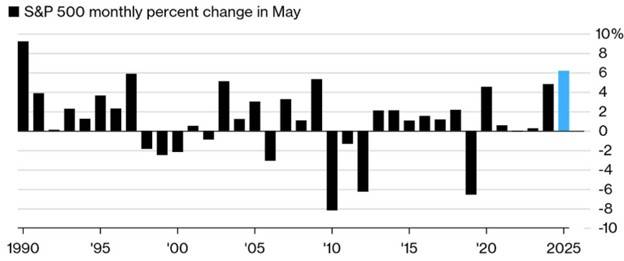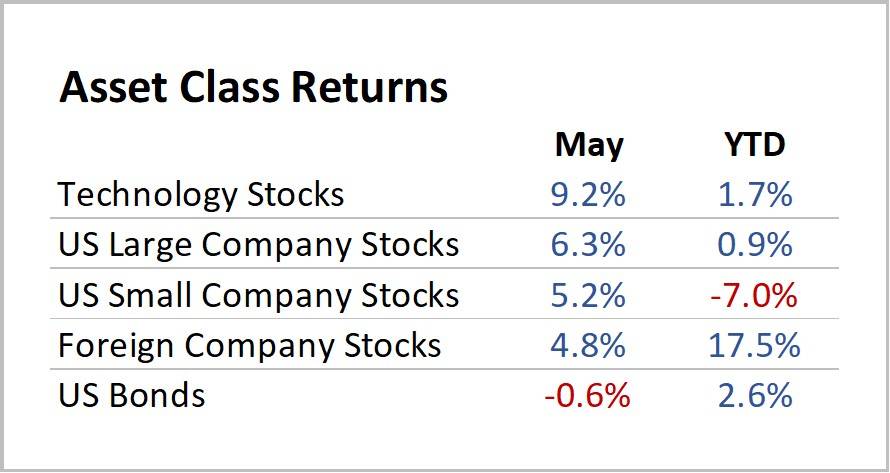
This article, by College Financial Planner Donna Cournoyer, discusses the consequences of the federal funding cuts for US college undergraduate and graduate students.
Graduate Student Challenges
Reduction of Programs, Reduced Admissions
Some of the most severe funding cuts so far have been in the area if graduate research.
The NIH (National Institute of Health) funding is relied upon heavily by top research universities throughout the country for their advanced programs.
This research impacts both the US and global advances in medicine, science, technology, and engineering.
Regarding the consequences of reduced research funding, take Massachusetts Institute of Technology, for example.
MIT announced in May that graduate enrollment will be reduced by 8% (about 100 students) due to federal funding cuts.
Also, the House of Representatives passed a bill increasing the excise tax on college endowments from the current 1.4% to a potential of 21% for the highest endowments. This bill is now in the Senate for approval.
See President of MIT Sally Kornbluth’s letter from the Office of the President on May 20, 2025 warning of the consequences of these challenges being faced across America.
Loss of Assistantships and Research Funding
With agencies like the National Science Foundation (NSF) and the National Institutes of Health (NIH) facing budget cuts, numerous research projects have been scaled back or canceled altogether.
Many graduate students rely on federal grants for their stipends as well. Graduate students are losing opportunities and needing to shift their education paths.
This also limits some of our best and brightest students from the ability to contribute to advancements in science, engineering, and medicine.
Effects on the “Innovation Edge”
These cuts in federal research funding are pushing some students out of research altogether. Some students are considering international opportunities in countries with a more stable environment for research.
There are also some experts who have expressed a long-term fear of “brain drain,” with the potential for the US to lose its standing as a global leader in innovation and scientific excellence.
It is possible that the changes in funding may have the long term effect of dulling the edge the US has as a global leader in innovation.
Undergraduate Student Challenges
Potential Cuts to Federal Student Aid
The federal Pell Grant Program projects a $2.7 Billion shortfall for the 2025 fiscal year. This could mean cuts to the program in 2026. The federal Work Study program could also be facing cuts.
This is especially hard on students from first-generation and low-income backgrounds. With federal cuts, many schools will not be able to increase their grants to make up the loss of federal aid for these students.
This may mean some of these students will not be able to attend college at all.
Budget Cuts, Declining Campus Services, Hiring Freezes & Layoffs
The federal funding cuts are causing schools to face tough decisions on budget cuts, layoffs and hiring freezes. This impacts a broad range of services and support available to students.
Public universities are facing budget cuts that are resulting in larger class sizes, fewer course offerings and halted facilities improvements. This can hinder academic success for students.
Increased Costs & Delayed Graduation
Some students may not be able to afford full-time enrollment, and may have to extend their studies, incurring more debt and delaying graduation and employment.
Federal Policies on International Students
Proposed bans on certain categories of foreign students and visa restrictions are hindering admissions for both undergraduate and graduate programs.
Many universities rely on international students for cultural diversity and for funding, as most international students receive no aid and pay tuition in full.
Without these full-paying students, endowments and budgets will be more stressed.
The Road Ahead for Institutions
Without policy reversals and sustained federal investment, institutions are responding in a variety of ways.
Universities are looking at reallocating endowment funds, which is not always easily done, as these funds are closely linked to budgets and donors are often very specific on the use of funds given.
Some institutions are seeking additional private funding and philanthropic partnerships.
And there are several universities seeking policy reversals.
Conclusion
Federal funding cuts in 2025 mark a pivotal moment in American higher education.
Without restoration of federal funding, both undergraduates and graduate students are at risk of losing affordable, high-quality education and research opportunities that benefit their educational goals and their future.
Reduced federal funding also bodes ill for the future of US innovation across a variety of fields and may well have negative effects for the future path of US economic growth.
Right now, our policymakers, educators, and the public are faced with confronting the long-term risks of underfunding the very systems that cultivate the nation’s intellectual and professional capital.
-DC

















